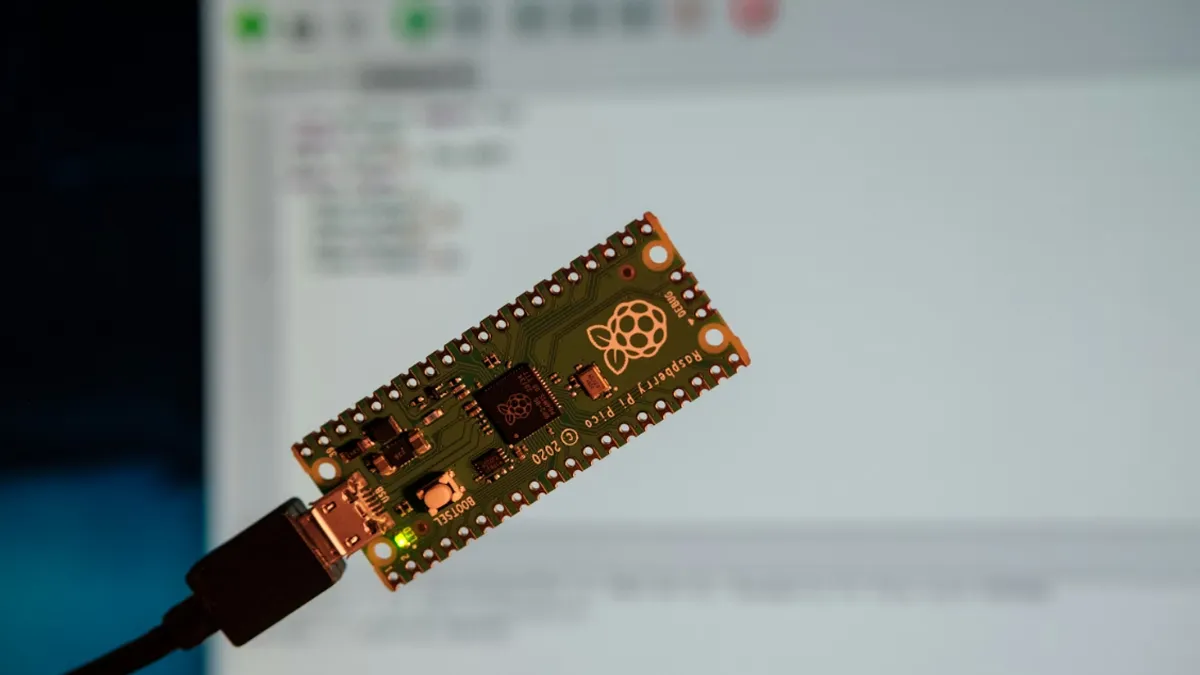
Australian Compliance RCM Certification
For companies planning to enter the Australian, New Zealand, and South Pacific markets with electrical products, rcm certificationis an unavoidable "threshold." As a mandatory regional certification, it is not only a "passport" for product compliance but also the "golden key" to market entry. This article provides a comprehensive analysis of RCM certification, from basic concepts to practical procedures, helping you successfULly expand into the Australia–New Zealand market.

RCM Certification
RCM certification is an official certification mark introduced by Australia and New Zealand to unify market supervision of electrical products. It is directly regulated by the authorities of both countries and is a mandatory certification. A product bearing the rcm mark indicates compliance with two core requirements:
- Product Safety (Safety)
- Electromagnetic Compatibility (EMC)
Notably, the scope of RCM certification extends far beyond Australia and New Zealand, covering 13 South Pacific countries and regions such as Nauru, Fiji, and the Solomon Islands. This means one certification can cover multiple regional markets, saving companies significant costs from repeated certifications.
The rcm compliance system consists of three essential components:
1. Product Safety Certification (Safety)
Products are classified according to their risk level into Prescribedand Non-prescribed:
- Prescribed Products (High-risk):
Examples include heating appliances, power tools, refrigeration equipment, etc. These products must obtain a Certificate of Approval, and the certificate number must be marked on the product (the first letter indicates the issuing region, e.g., `Q04051` = Queensland, `V03101` = Victoria).
- Non-prescribed Products (Low-risk):
These may be sold directly but must comply with Australian safety standards (AS/NZS 3820). To enhance market cREDibility, manufacturers can apply for a Certificate of Suitability(certificate suffix indicates issuing region, e.g., `CS/431/Q` = Queensland).
2. Electromagnetic Compatibility (EMC)
This ensures products do not interfere with other electrical devices and are not affected by them. Products are classified into three levels:
- Category 1: Minimal interference (e.g., manual switches, simple relays). C-Tick label is voluntary.
- Category 2: Moderate interference (e.g., MICroprocessor devices, switch-mode power supplies). C-Tick label is mandatory.
- Category 3: Severe interference (e.g., industrial medical instruments). C-Tick label is mandatory.
Note: Regardless of the category, products must comply with EMC standards, otherwise certification will be denied.
3. Importer Declaration
An importer declaration must be issued by a local Australian or New Zealand importer, confirming compliance with RCM requirements. This is why a local representativeis essential.
RCM Certification Process
1. Commission JJR Laboratory in China to evaluate the product and determine applicable testing standards.
2. If the test fails, the lab will assist with modifications (e.g., circuit adjustments, structural optimization).
3. Once the test passes, obtain the official test report.
4. Submit the report to the Australian certification authority for review.
5. Upon approval, receive the rcm certificate.
6. Complete registration on the official Australian website.
Relationship with Similar Certifications
In the Australia–New Zealand market, SAA, C-Tick, A-Tick, and RCMare often confused. Their relationships are as follows:
- SAA: Safety certification only.
- C-Tick: Covers EMC and wireless products.
- A-Tick: Telecom product certification.
- RCM: Integrated certification launched in 2013, covering both SAA (safety) and C-Tick (EMC). Since March 2016, it has fully replaced A-Tick and C-Tick, becoming the only official certification markin the region.
Key Notes on RCM Certification
- All products must bear the rcm logo(mandatory since 2013).
- Plug-in adapters (e.g., phone chargers) require AU plug testing, complying with AS/NZS 3112.
- Tube-type products (e.g., T8 LED tubes), which users can directly replace, are higher risk and must be sample-tested locally in Australia.
- Review times vary between certification bodies — confirm schedules in advance.
RCM certification may involve multiple steps, but the logic is clear. With proper preparation, companies can significantly reduce compliance risks. Mastering this guide will help you avoid 90% of potential pitfalls and ensure smooth market entry into Australia, New Zealand, and the South Pacific.
Email:hello@jjrlab.com
Write your message here and send it to us
 Infant Support Pillow 16 CFR 1243/1242 & ASTM
Infant Support Pillow 16 CFR 1243/1242 & ASTM
 BRM Registration Card Under CFR Part 1130 Regulati
BRM Registration Card Under CFR Part 1130 Regulati
 How to get a D-U-N-S® Number for US FDA Registrati
How to get a D-U-N-S® Number for US FDA Registrati
 Household Massage Devices Compliance in the China
Household Massage Devices Compliance in the China
 Compliance for the Global In Vitro Diagnostic (IVD
Compliance for the Global In Vitro Diagnostic (IVD
 Compliance Guide for Nebulizers in European and Am
Compliance Guide for Nebulizers in European and Am
 Cybersecurity Certification Service for EU RED Dir
Cybersecurity Certification Service for EU RED Dir
 ANATEL Certification Compliance Guide for Brazil M
ANATEL Certification Compliance Guide for Brazil M
Leave us a message
24-hour online customer service at any time to respond, so that you worry!




